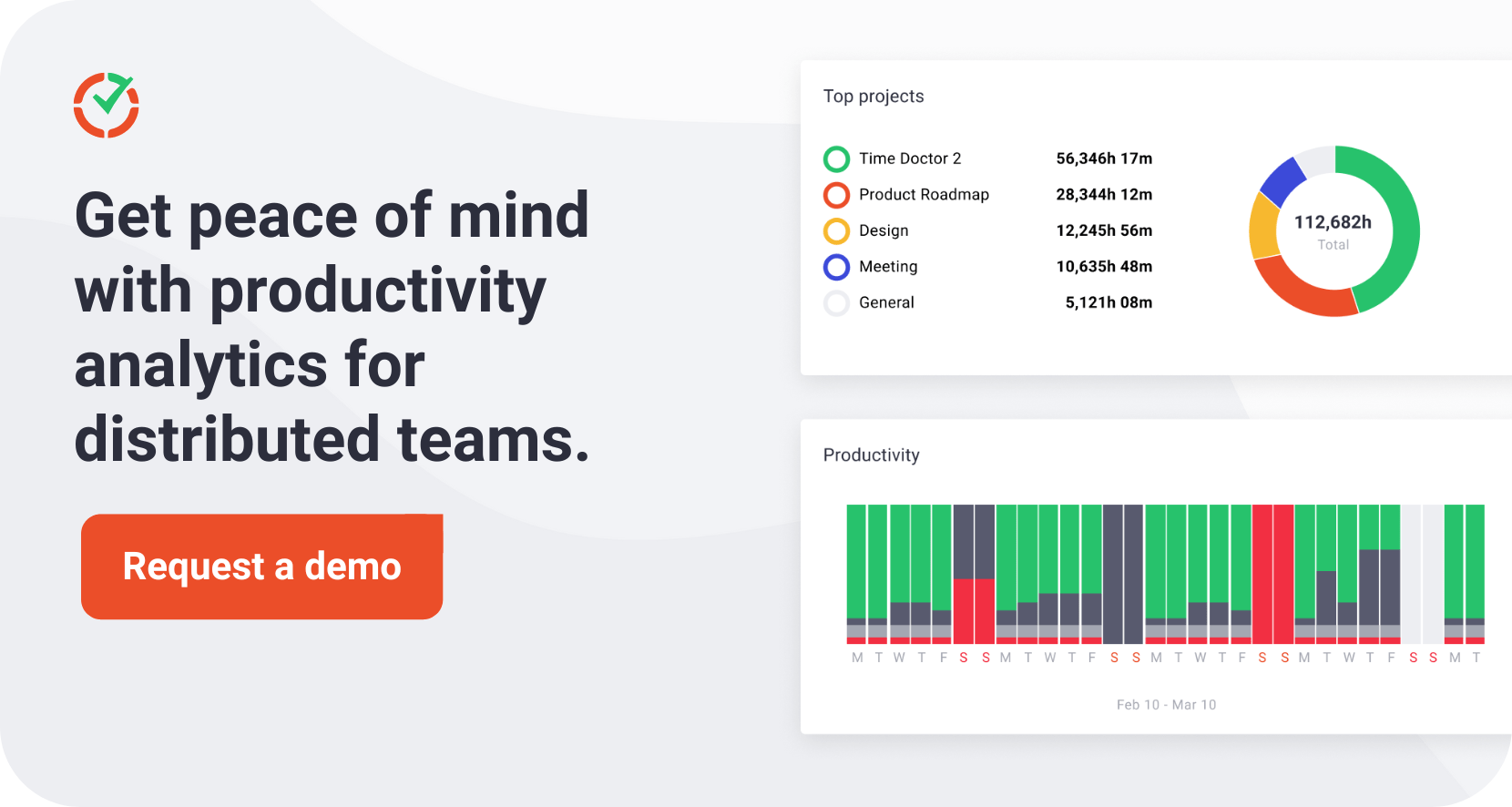62
Modern companies generate a mind-boggling amount of data but only use a fraction.
It’s estimated that by 2025, we will produce, consume, share, and store over 180 zettabytes of data. That’s 180 trillion gigabytes zooming around the information highway.
And yet, 44% of employees can’t find the data they need to do their job. They waste 36% of their day looking for and consolidating information scattered between 4-11 platforms.
According to one report from the International Data Corporation (IDC), 90% of all digital information is unstructured to the point it’s virtually unusable. It’s disconnected, improperly formatted or unavailable, locked in siloed repositories.
This is the conundrum we’re calling the “data dilemma”, when companies have access to more data than ever yet struggle to unlock value from information.
You don’t need to think in zettabytes or even data necessarily to understand how information silos impact your daily life. “Information”, in the broad sense of the word, includes everything an employee, team leader or executive needs to do their job.
Let’s scale down to the organizational level to understand:
- Where the information becomes trapped
- How to unlock the potential value contained in information silos
- Why data-driven decision-making is better for business
- What it takes to build a collaborative, data-driven culture
Organizations that share, store and activate information in a sophisticated way see benefits ranging from improved employee efficiency to enhanced agility in a competitive market.
So, let’s dive into the data dilemma to help you develop these mission-critical capabilities.
Data silos: A hidden profit killer
Imagine customer preferences scattered across marketing, sales, and support systems, each department operating with incomplete pictures.
Imagine product usage data locked away in spreadsheets, inaccessible for strategic planning, troubleshooting, and proactive improvements.
Imagine project success measured in production figures and top-line revenue instead of employee efficiency – and imagine employee efficiency measured in annual performance reviews instead of real-time workforce analytics.
For many team leaders, these situations aren’t difficult to imagine. They’re daily realities.
If you’ve ever gone down a rabbit hole at work looking for data to support a project, product launch, marketing strategy or hiring decision, you already know the frustration of data silos.
Valuable insights are segregated by departmental barriers or incompatible software systems, blocking any chance of comprehensive, data-driven decision-making and growth.
Four ways data siloes drain potential profits
1. Inflated IT costs
Data silos create a situation where custom bridging solutions and additional software are needed to manage scattered information. This leads to redundant systems, integration challenges and maintenance requirements, ballooning immediate costs and tying up IT budget in unnecessary infrastructure.
2. Uninformed decisions
Data inconsistencies and information gaps significantly impair decision-making processes, leading to product development choices that are out of sync with strategic business needs or market opportunities. The result is missed revenue targets, misallocated resources, and strategies that fall short of ROI targets.
3. Duplicated effort
When information is locked away in silos, teams end up recreating the same work without even realizing they’re doubling up. The energy spent on redundant tasks is a drain on potential profits. Time and resources could have been invested in innovative projects or optimizing existing operations for better returns.
4. Inability to collaborate
A lack of shared insights limits the opportunities for cross-functional innovation, either spontaneous or strategic. These barriers to effective collaboration also impede problem-solving and create disconnects between customer-facing teams, leading to poor customer experiences.
Information silos are just one hidden cost affecting your company’s profit potential in 2024. There are at least five more.
To learn how to identify and eliminate these profit-killing costs for good, download our latest eBook, Unmasking Profit Killers: Demystifying hidden expenses for maximum revenue impact in 2024.
How to identify information silos
Some costs associated with data siloes are evident in budget lines, such as IT maintenance costs for underutilized systems.
The trouble with hidden inefficiencies is they’re just that: hidden. Most are obscured in process inefficiencies and difficult to identify. Unless you know what to look for, that is.
The first step toward addressing data silos is understanding that they come in different forms.
Departmental silos
The most common culprits are silos that arise when departments keep valuable information within their virtual walls, creating blind spots and hurting employee efficiency.
This includes information siloed by function, such as financial data locked away in accounting systems or employee performance data recorded in a spreadsheet. While seemingly organized, segmentation limits cross-functional analysis and insights.
Software-specific silos
Different software solutions store data in incompatible formats, making it difficult to share, consolidate and analyze. This also covers legacy systems that don’t tie into modern processes but are still used due to the complexity of migration.
Cultural silos
Cultural silos develop when an organization’s culture or structure inherently discourages collaboration and sharing of information. In highly competitive environments where knowledge is power, or a hierarchical structure that limits the flow of information, cultural misalignment means there’s an unwillingness to collaborate.
Geographical silos
Geographical silos can impact global, remote, and asynchronous organizations when different regions or offices operate independently with little coordination or sharing of data.
This tends to affect organizations that embrace remote work models without maturing operational systems in parallel.
Access control silos
These arise when individuals or teams restrict access to data, often due to concerns about privacy or security.
While understandable, this overly cautious approach limits collaboration and transparency, impeding decision-making.
Step-by-step guide to silo-busting data integration
Fostering a culture of open, integrated information enables businesses to make better decisions, capitalize on new opportunities and drive sustainable growth.
But there are two things to know going in.
First, data integration is more than a technical endeavor. It’s a strategic move towards unlocking the full potential of your organization’s data.
Second, dismantling information silos requires a sustained and considered approach, not a wrecking ball.
Identify integration goals
Clarify what you aim to achieve by dismantling information silos.
Do you want to gain deeper customer insights for targeted marketing campaigns? Improve sales forecasting through unified sales and inventory data. Understand how and where people work best to enhance employee efficiency?
Clearly defined goals ensure your integration efforts are focused and deliver tangible results. Make sure those goals are relevant to organizational targets and achievable through daily operations.
Assess the current data landscape
Conduct a data audit to uncover where mission-critical data lives.
Map out departmental databases, customer relationship management (CRM) systems, workforce analytics software, manual spreadsheets, legacy systems and anywhere else the information you need might be hiding.
Understand what data is collected, how it’s stored, and how it’s currently used.
This initial assessment lays the groundwork for identifying integration opportunities and challenges.
Choose the right tools and platforms
Evaluate and select tools that facilitate information sharing and meet your company’s needs, considering factors like scalability, security, and user-friendliness.
Although data-focused solutions are valuable (ETL software, data warehouses, data lakes and the like), approach this step from a strategic perspective. Company-wide collaboration tools that integrate with function-specific software can significantly increase the scale and speed of information sharing.
The IDC advocates for a “digital infrastructure” as the goal for modern businesses, representing a transition from rigid systems towards cloud-enabled agility.
“Digital infrastructure is not just bought, deployed, maintained, and replaced. It is a set of ubiquitous, self-regulating, cloud-centric resources that are consumable anywhere but are centrally governed.”
Cloud-based technology provides greater agility and usability, especially for hybrid and remote workforces.
As you map the evolution of your information landscape, consider how cloud technology can replace legacy on-premise systems. Invest strategically, ensuring the platforms scale and integrate so your teams have room to adapt.
Develop a data integration plan and data governance policies
Craft a detailed integration plan outlining the steps, timelines and responsibilities for combining data and processes across departments.
This step can be tricky as team leaders might be reluctant to adopt redesigned processes unless they understand the purpose of doing so.
In other words, clear and consistent communication is your strongest asset during change management. Reiterate the purpose of information sharing and revisit the expected benefits, starting with reducing the time people spend looking for siloed data and building up to organizational growth.
At the same time, establish data governance policies to ensure data security, quality and compliance. This is especially important for multi-region organizations, as there are different data handling and storage requirements depending on where that information originates.
Implement and test your integration
Roll out the integration in phases, starting with a controlled, small-scale pilot. This pilot might evaluate the effectiveness of a new shared information repository or stress-test a redesigned process.
If you expect resistance, either cultural or structural, pick a low-risk exercise that can scale up fast.
For instance, implementing Time Doctor’s employee-friendly workforce analytics is a ‘neutral ground’ operationally, with benefits that bridge siloed departments.
Workforce analytics does not impact operational or customer-facing workflows and the learning curve is incredibly short, so teams selected for the trial won’t experience any disruption. Meanwhile, the data collected from even a short trial can be used to identify bottlenecks, streamline processes, and reduce duplicated effort.
Our free 14-day trial means you can set up a pilot to test the waters without risk before diving deeper into data-driven employee efficiency.
Monitor results and scale up
Use what you learn from the pilot to expand the integration program and implement new silo-busting strategies.
With the first successful test cases in the books, progress tends to snowball. Siloed teams will see the benefits of collaboration. Change managers won’t need to knock down doors; team leaders will open them.
Monitor each integration process closely for errors, stumbling blocks and performance issues. Communicating these challenges is just as important for adoption as sharing successes.
As the scale increases, there’s a chance your organization’s data needs will evolve and the business goals will change. Integrated systems and processes should enable adaptation. If they don’t, address the hindrances early to prevent silos from building up again.
Train your team
Provide continued training for staff as new tools and policies emerge. Emphasize the importance of data-driven decision-making by demonstrating its operational, cultural and financial advantages.
Team leaders might also consider ingraining collaboration into employee performance KPIs, provided they connect to organizational purpose.
The combination of training and motivation fosters a culture of data-driven decision-making and shared success.
Why you should start your information integration journey today
Dismantling data silos may seem daunting, but the rewards are well worth the effort.
Data-driven organizations are 23x likelier to succeed in customer acquisition and 6x likelier to retain those customers compared to companies with solid silos.
Collaborative organizations are also twice as likely to turn a profit; 55% of collaborative businesses generated a profit in the last three years compared to 28% of non-collaborative businesses.
The gains in employee efficiency and confidence are striking, too. Employees in collaborative organizations also report feeling 4x better prepared to respond to challenges (79% vs 20%).
All these results add up to one clear insight: information siloes are nothing but bad news.
Time Doctor is your co-pilot for navigating the data dilemma
Time Doctor’s employee-friendly workforce analytics software provides the transparency that team leaders need to enact change, and the connection to purpose that ensures employees are on board.
By collecting real-time performance data from across the organization, leaders gain visibility into performance, bottlenecks and productivity, helping to guide resourcing and development decisions.
Employees gain the tools to self-manage their time, simultaneously boosting engagement and reducing team leaders’ workloads.
Executives and clients see that work is getting done efficiently and effectively.
Time Doctor brings your organization together to work more effectively by the minute.
To see these benefits for yourself, request a 1-on-1 demo with a Time Doctor specialist or jump into a 14-day free trial.

Carlo Borja is the Content Marketing Manager of Time Doctor, a workforce analytics software for distributed teams. He is a remote work advocate, a father and a coffee junkie.



